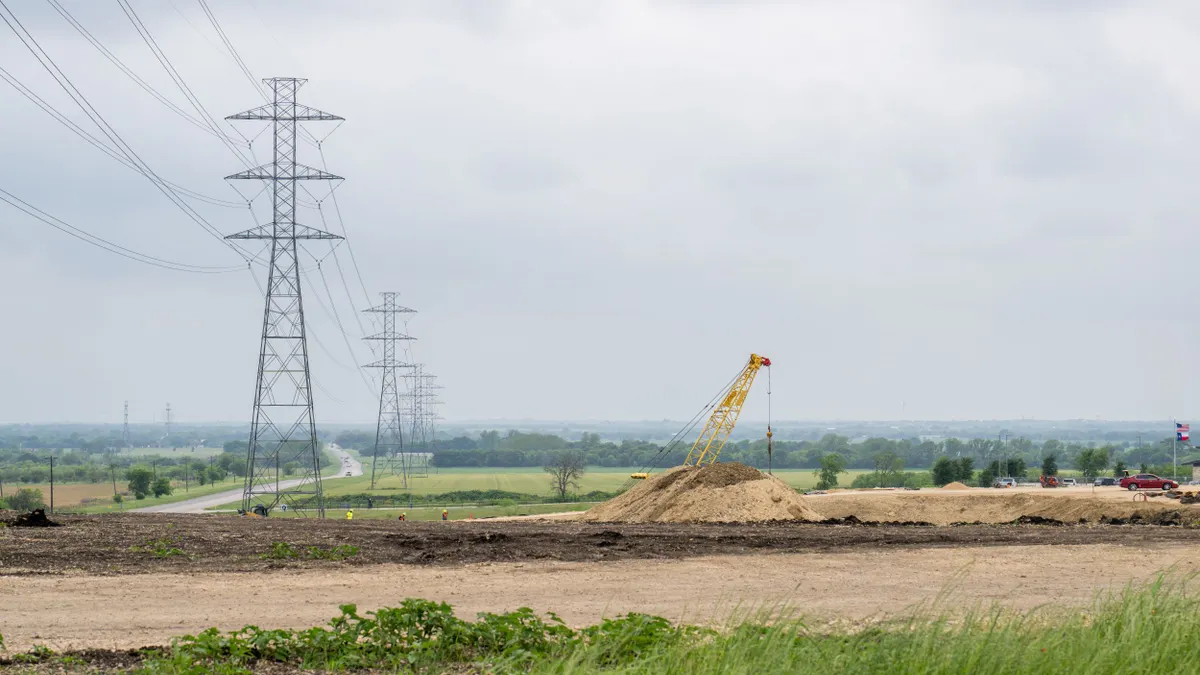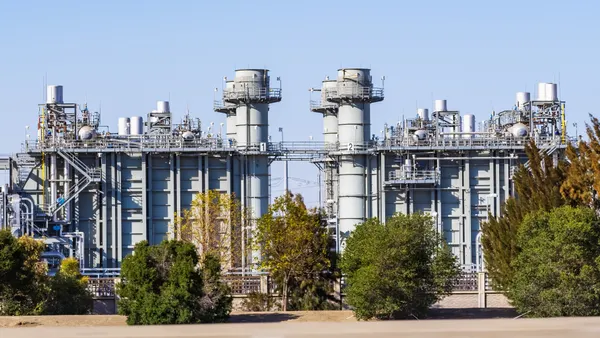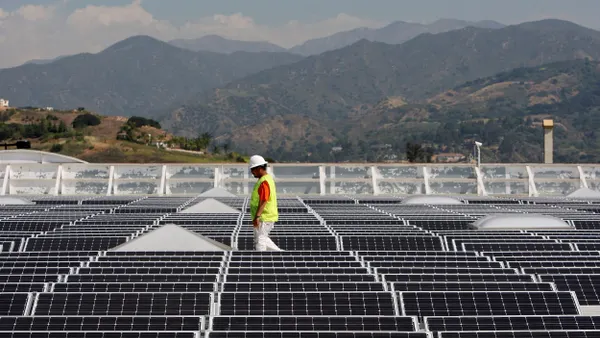Solar and wind energy output in California was curtailed by 29% more in 2024 than the year before, with solar accounting for 93% of curtailed energy that year, the Energy Information Administration said in a Wednesday report.
“In 2024, [the California Independent System Operator] curtailed 3.4 million megawatthours (MWh) of utility-scale wind and solar output, a 29% increase from the amount of electricity curtailed in 2023,” EIA said.
EIA said that CAISO curtailed the most solar in the spring “when solar output was relatively high and electricity demand was relatively low, because moderate spring temperatures meant less demand for space heating or air conditioning.”

Wind and solar capacity in California increased from 9.7 GW in 2014 to 28.2 GW by the end of 2024, EIA said. California curtails solar and wind generation to keep the grid stable and to leave room for natural gas generation, in order to comply with North American Electric Reliability Corp. requirements and “have generation online in time to ramp up in the evening hours,” according to the report.
CAISO is responding to increased curtailments by “trading with neighboring balancing authorities to try to sell excess solar and wind power, incorporating battery storage into ancillary services, energy, and capacity markets, and including curtailment reduction in transmission planning,” according to EIA.
Later this year, companies in the state are also planning to start using excess renewable energy to “make hydrogen, some of which will be stored and mixed with natural gas for summer generation at the Intermountain Power Project’s new facility scheduled to come online in July,” the report said.
One of those companies, SoHyCal, said that once it begins using solar energy for this purpose, it “[expects] to produce a total of three tons per day of green hydrogen powered by PV by Q2 of 2025. This amount of hydrogen will fuel up to 210,000 cars per year or 30,000 city buses.”
CAISO can also avoid curtailments by trading in the real-time Western Energy Imbalance Market to balance supply and demand. “In 2024, more than 274,000 MWh of curtailments were avoided by trading within the WEIM, equivalent to about 8% of the electricity curtailed that year,” EIA said.
”However, in the spring, more solar energy than can be used within a day is often produced,” the report noted. “Without more transmission capacity or a long-term storage solution, high curtailments during this time of year can still occur.”















